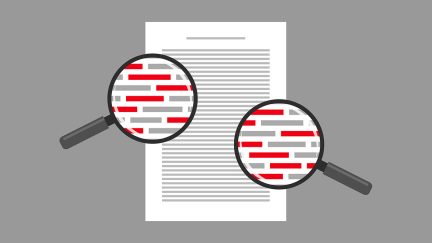Get more! Sign up for PLANSPONSOR newsletters.
IRS Issues Guidance on Auto-Enrollment Cap and Safe Harbor Notice Requirements
The guidance is intended to help employers that sponsor safe harbor plans comply with provisions of the SECURE Act.
The IRS has issued Notice 2020-86, which provides guidance in the form of questions and answers with respect to Sections 102 and 103 of the Setting Every Community Up for Retirement Enhancement (SECURE) Act.
Section 102 of the SECURE Act increases the 10% cap for automatic enrollment safe harbor plans. Section 103 eliminates certain safe harbor notice requirements for plans that provide for safe harbor nonelective contributions, and it adds new provisions for the retroactive adoption of safe harbor status for those plans.
Notice 2020-86 is intended to help employers that maintain safe harbor plans comply with the SECURE Act. The notice provides initial guidance on these provisions of the SECURE Act and how they impact certain safe harbor 401(k) and 401(m) plans, including 403(b) plans that apply the 401(m) safe harbor.
The guidance says that in order to maintain its status as a qualified automatic contribution arrangement (QACA) safe harbor 401(k) plan, the plan is not required to increase the maximum qualified percentage of compensation used to determine automatic elective contributions. The qualified percentage under a QACA safe harbor 401(k) plan may be any percentage of compensation determined under the plan, as long as the percentage is applied uniformly and does not exceed 15%, or 10% during the initial period of automatic elective contributions.
If a plan incorporates the maximum qualified percentage of 15% by reference but continues to apply the 10% maximum, it will fail to operate in accordance with its terms unless an amendment is adopted by the deadline determined in Section 601(b) of the SECURE Act, as described in IRS Notice 2020-68.
The new IRS guidance also explains that Section 103(a) of the SECURE Act amended the requirements for a traditional safe harbor 401(k) plan that satisfies the safe harbor nonelective contribution requirements by eliminating the safe harbor notice requirement, including the requirement to provide a safe harbor notice within a reasonable period before an employee becomes eligible. However, Section 103(a) of the SECURE Act did not eliminate the safe harbor notice requirements for a traditional safe harbor 401(m) plan that satisfies the safe harbor nonelective contribution requirements.
For example, if a traditional safe harbor 401(k) plan satisfies the safe harbor nonelective contribution requirements but also provides non-safe harbor matching contributions that are structured so the plan is not required to satisfy the actual contribution percentage (ACP) test, then the plan still must satisfy the safe harbor notice requirements. If a traditional safe harbor 401(k) plan that satisfies the safe harbor nonelective contribution requirements also provides non-safe harbor matching contributions and is required to satisfy the ACP test, then the plan need not satisfy the safe harbor notice requirements.
The guidance says Section 103(a) of the SECURE Act does not change any other requirements that may apply to a plan that satisfies the safe harbor nonelective contribution requirements applicable to a traditional or QACA safe harbor 401(k) plan.
“Notice 2020-86 is intended to assist taxpayers by providing guidance on particular issues while the Treasury Department and the IRS develop regulations to fully implement these provisions of the SECURE Act,” the IRS says.
You Might Also Like:
IRS Issues 2025 Required Amendments List for Qualified Plans, 403(b)s
IRS, Treasury Offer Updates on How Trump Accounts Will Work
Why did the Age 60-63 Catch-Up Contribution Limit Not Rise for 2026?
« myStockOptions Provides Year-End Financial Planning Guidance

